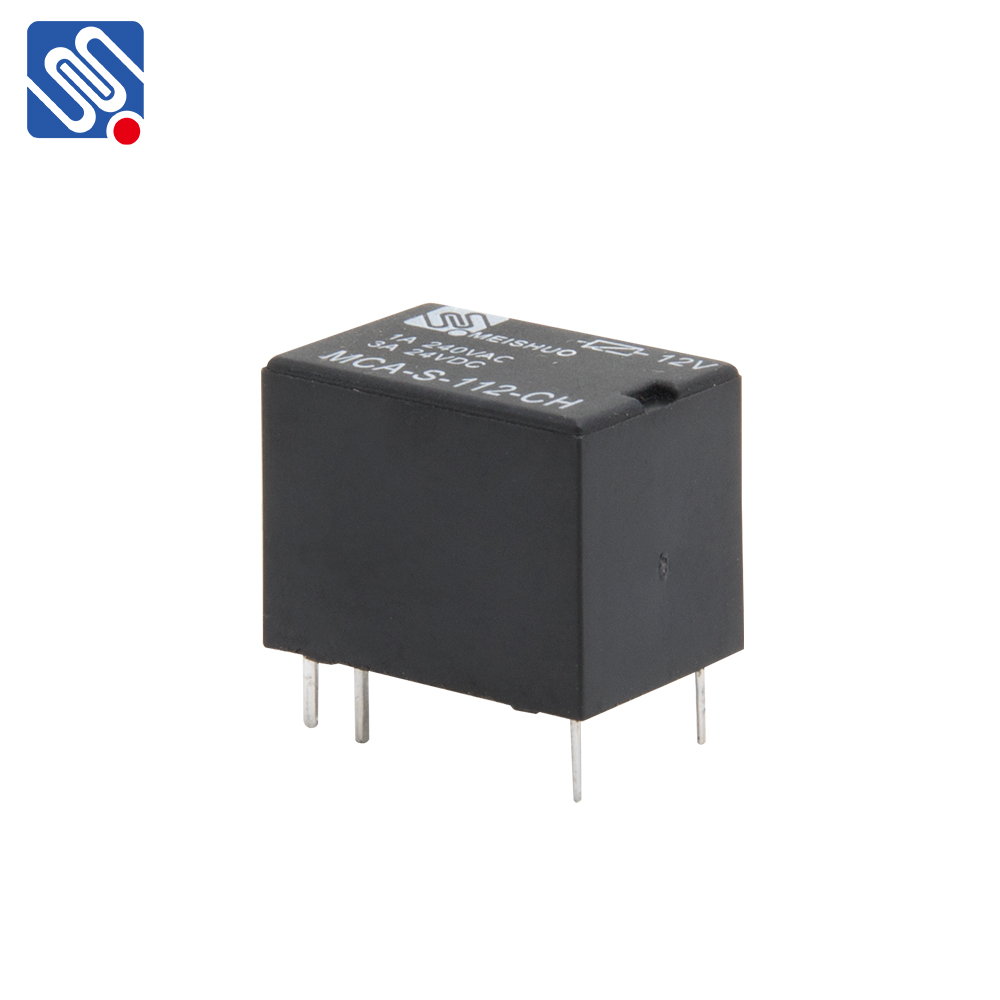In today’s fast-paced digital world, communication networks play a pivotal role in connecting people, devices, and systems. One key technology that contributes significantly to improving connectivity is the wireless relay. This device serves as a critical component in wireless communication networks, ensuring that signals can travel over long distances, reach hard-to-access areas, and overcome obstacles that might otherwise disrupt communication. This article explores the concept of wireless relays, their types, applications, benefits, and the challenges they address in modern wireless networks.

What is a Wireless Relay? A wireless relay is a device that receives a signal from a source, amplifies or re-transmits it, and forwards it to a further location. Essentially, a wireless relay helps extend the range and improve the quality of wireless communications. It is a key solution for improving coverage, especially in environments where direct signal transmission is hindered by obstacles like walls, buildings, or long distances. Wireless relays operate by receiving signals from a source, typically a router or communication tower, and then re-broadcasting them. The relay can either amplify the signal or retransmit it at the same strength, depending on the design. This process helps overcome the problem of signal degradation over distance, a common issue in wireless communication systems.